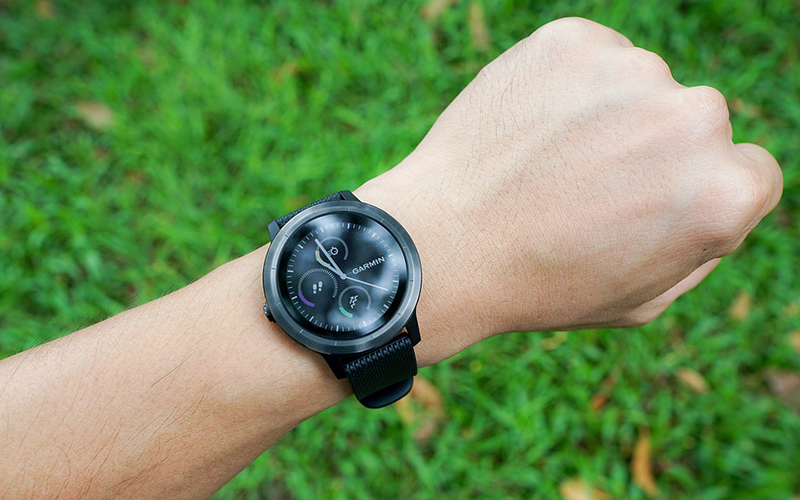A new study by Juniper Research has found that by 2023, wearables such as, health trackers and remote patient monitoring devices will become ‘must haves’ and spend $20 billion annually, while assistive hearables, or connected hearing aids will generate revenues of over $40 billion by 2022.
Read more Wearable Device Sales Will Grow 26 Percent Worldwide in 2019, Says Research Company Gartner
“It is vital that patients are made aware of how their personal data will be used. If not, making wearables a ‘must have’ to provide personalized care or receive medical insurance risks a backlash from patients and heightened regulatory scrutiny; stalling the effectiveness of remote monitoring,” wrote research author Michael Larner.
The research, titled “Digital Health: Disruptor Analysis, Country Readiness & Technology Forecasts 2018-2023,” found that adoption of healthcare wearables is being driven by improvements in remote patient monitoring technology, in addition to increased adoption by medical institutions. The firm forecasts that 5 million individuals will be remotely monitored by healthcare providers by 2023.

The firm expects medical practitioners and regulators to become more confident in the reliability of AI-enabled software analytics, particularly when it comes to identifying individuals at risk for specific conditions.
According to the Juniper research, AI-powered wearable devices will take the healthcare industry by storm, as more tools are adopted to help health organizations enhance their service, optimize the standard of care, reduce risk, and generate more revenue.
Read more New PwC Study Reveals Consumers Use Wearables to Stay Fit and Live longer
As wearables become part of patients’ treatment plans, OEMs will seek to adjust their business models and generate revenues from devices being monitored. For example, selling data produced by the devices to insurance providers. Juniper forecasts that service revenues of this nature will reach $855 million by 2023.
However, as data privacy and consent will continue to be a significant barrier, some insurance providers are expected to change the dynamics in order to follow data privacy laws, the study said.












